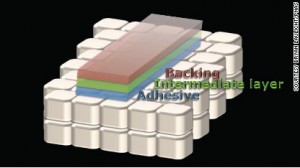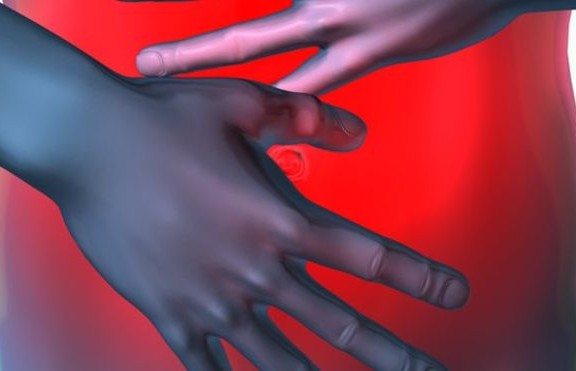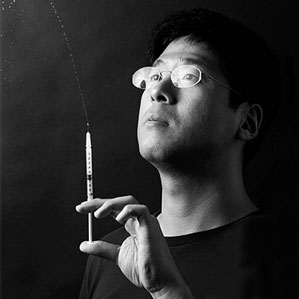Medical Tape Innovation Featured On CNN Health
Neonatal Medial Tape – Demonstration Video
December 7, 2012KarpLab: Finding Inspiration in a Porcupine Quill
December 11, 2012Medical Tape Innovation Featured On CNN Health
Source: CNN Health – Spiderwebs may inspire better medical tape
 Taking medical tape off an adult isn’t too painful because breakage occurs in the glue (you can sometimes see the leftover residue). But removing the same adhesive from a newborn can break fragile skin, causing significant damage, says Jeffrey Karp, researcher at Brigham and Women’s Hospital in Boston.
Taking medical tape off an adult isn’t too painful because breakage occurs in the glue (you can sometimes see the leftover residue). But removing the same adhesive from a newborn can break fragile skin, causing significant damage, says Jeffrey Karp, researcher at Brigham and Women’s Hospital in Boston.
Traditional medical tape has two layers: the sticky one and the non-sticky one that forms the backing. The adhesive is designed for adults, Karp said; newborns need something else just for them.
In the neonatal intensive care unit tape often needs to be changed, Karp said. If the tape is on a joint, peeling the fragile skin can cause mobility problems.
“The kids are just completely helpless here,” he said.
Karp, Robert Langer of the Massachusetts Institute of Technology, and Bryan Laulicht of Brigham and Women’s wanted to solve this problem by designing a tape that doesn’t damage sensitive skin when it’s removed. They’ve published a study in the Proceedings of the National Academy of Sciences describing their idea for a solution, which hasn’t yet been tested clinically.
The researchers looked to nature for inspiration: Spiderwebs have some adhesive regions and others that are not so sticky. Mica, a strong mineral, has layers that can peel off easily. Geckos have feet with patterned surfaces that allow them to stick to walls, but which they can easily remove from surfaces for walking.
Influenced by these examples, the researchers have designed a tape with three layers. On top is the non-sticky backing, and a sticky layer clings to the skin, as usual. But the middle layer has an anti-adhesive coating. Using a laser, researchers etched a pattern into this middle layer so that they could control how the adhesive and backing interact.
“By controlling those interactions, we were able to define a regime where the adhesive could secure devices very strongly to the skin, but was very easy to remove,” Karp said.
The concept appears to “offer a major advantage by providing adhesion and anchoring without causing damage to the skin,” said Dr. Michael Katz, interim medical director of the March of Dimes Foundation.
This is all still preliminary, though; the tape has not yet been clinically tested.
More than 1.5 million injuries per year nationwide happen because of medical adhesive removal, the study said. Besides newborns, elderly patients can also suffer skin damage from harsh adhesives.
The research was funded by grants from Philips Children’s Medical Ventures and National Institutes of Health, and the work was performed in collaboration with the Institute for Pediatric Innovation.
Karp and Langer know a lot about making things stick. They also used gecko feet as inspiration for creating a waterproof adhesive bandage. This is now being tested on large animals.




